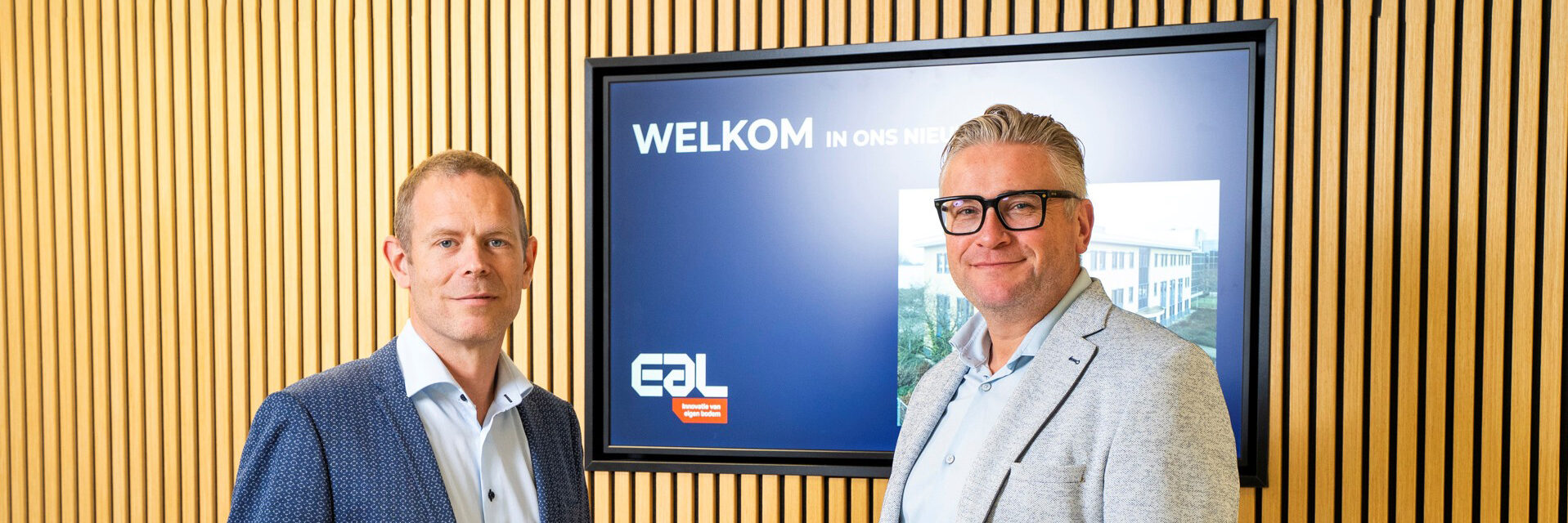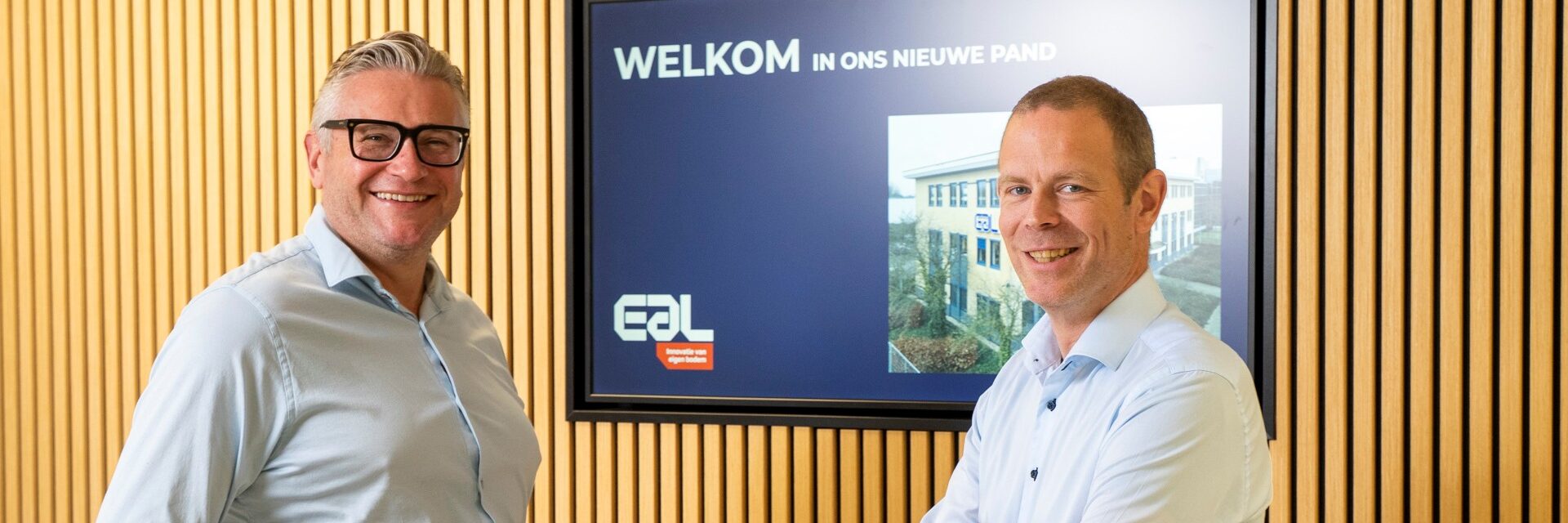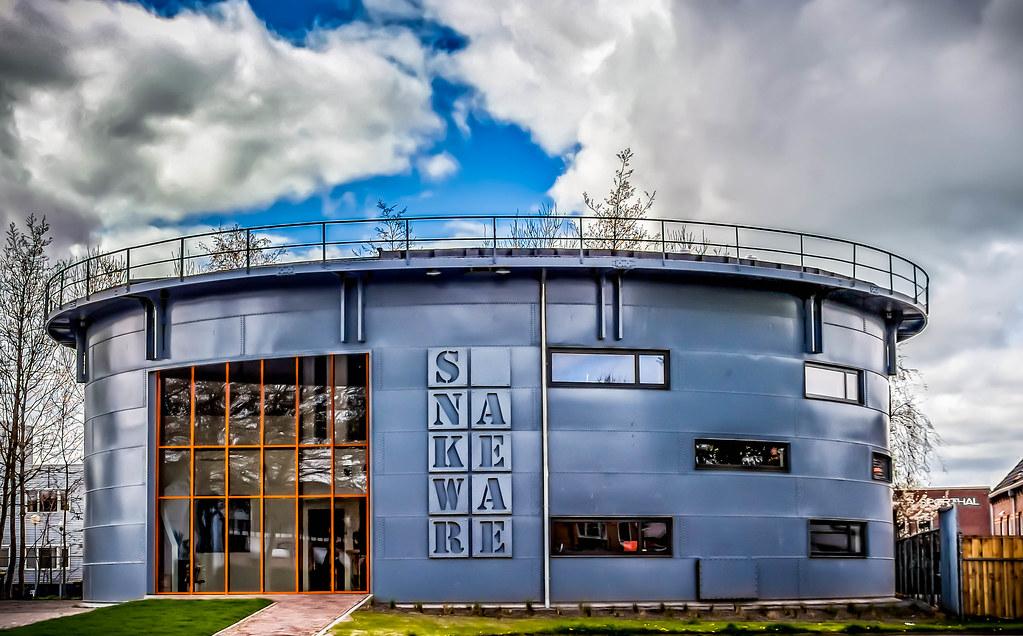Polteq makes software quality at EAL demonstrable
With over 30 years of hardware and software development, EAL is an extremely successful company. Customers praise the quality, but the processes by which this quality is assured have evolved over the years. As a result, while they are taken for granted by the employee, they have never been properly recorded. Today, however, this is a requirement of standards and laws and regulations. “We wanted to organize the processes properly first, in order to then be able to describe them,” says René van den Hoek, R&D manager at EAL. “Polteq successfully jumped on that request for help.”
EAL is a Dutch manufacturer of advanced systems for access control, voice recording and mobile data communication. With more than 50 employees, EAL keeps the production and development of hardware and software entirely in-house. In addition, with iTraffic 360, EAL offers a solution for mobile data communication in mission-critical environments, such as hospitals, police and fire departments. Control rooms use it to communicate with law enforcement and emergency responders on public roads, allowing them to respond quickly and effectively to incidents. For these control rooms, EAL is also developing EVA 360, a voice-recording application that can record conversations about emergencies.
EAL’s R&D department develops these solutions and ensures their connection to the latest technologies and third-party systems. This department has been headed by René van den Hoek since January 2025. He previously worked as a software developer at EAL. “One of the first tasks I wanted to take on was to define the processes for quality assurance of our products. Of course, we have always carried out quality checks, but the approach to this has evolved organically over the past 35 years. This has always gone well; our customers tell us that they rarely have problems with our devices. Of course we are happy to have satisfied customers, but if you don’t name quality, it is a given. That made me restless.”
Modernize and establish processes
When Van den Hoek started working as manager of R&D, he understood that quality was high, but not how it was achieved. “We wanted to find a way to make that demonstrable. That desire was not just to reassure ourselves; it is also a requirement of standards, such as NEN and ISO, and of increasingly stringent European laws and regulations, such as the Cyber Resilience Act and NIS2.” Van den Hoek discussed this situation with his opposite neighbor, who is a consultant at Polteq. “I told him that we want to modernize our products and capture the processes. That’s how the request for help toward Polteq came about.”
Polteq provides software testing, in the cloud and on premise, but the company also has a great deal of experience with hardware, says sales & account manager Remco Neve. “We have been testing embedded software on physical devices for 25 years. However, a product-oriented organization like EAL is increasingly becoming a process organization as certifications and laws and regulations demand that quality assurance processes be demonstrable. Our test experts also assist software houses with advice on the software development process. In addition to the personal click that developed immediately, Polteq also objectively possesses the necessary competence for EAL.”
ACTION PLAN
Polteq was invited for an introduction to the management team at EAL. “From these conversations, it was immediately clear that Polteq was the right match because of the company’s experience in combining hardware and software,” says Van den Hoek. “We make both software and the devices it runs on. At Polteq, they know that whole spectrum, from component selection and board design to firmware and software development. The consultants presented a plan of action based on their consulting role. There was no doubt that this was a good plan and that we were going to implement it. With that, my unease was also gone.”
Two consultants from Polteq performed a scan on EAL’s organization. “Working with the testing department, we assessed quality assurance in both production and processes. Here we focus on looking at how testing is organized in the organization. How are the findings, and especially the improvements, captured in the larger process lines. We identified where the risks were and how EAL can mitigate them.”
The analysis was surprising to Van den Hoek. “That’s the added value of consultants with a background and training in embedded software: they can look both top-down and bottom-up. On the one hand, at the assurance of processes from the management team and how we can account for quality. On the other hand, it turned out that for the software developers this does not involve a lot of extra work. In fact, we can go much further with automation and robotization than we already did.
Verify and validate
“Polteq indicated that there is a difference between verifying and validating. During development, we need to verify that we are creating the right solution. During quality assurance, we need to validate that this solution meets the requirements of standards, laws and regulations, etc. Polteq gives us the tools from the process and from the technology to keep the development manageable and stay in control of our processes.”
Splitting verification and validation shows that quality assurance doesn’t have to be a lot of work. “That was a real eye opener,” says Van den Hoek. “With everything coming at us, we thought we had to triple the quality department. Polteq showed us that we can very consciously choose whether to check quality at the end of the production line or at the beginning of the manufacturing process, where we can keep quality high through automation and robotization. Polteq also showed us that the same methodology is perfectly applicable in hardware development.”
Due to new laws and regulations, particularly the Cyber Resilience Act and NIS2, EAL wants to scale up quality assurance. “To do that, we are looking for people with experience,” he said. “We are succeeding very well; we were able to hire four developers this year. Surely that is special in the current labor market. Thanks to Polteq, we can show candidates well what the work entails. That makes people enthusiastic and more interested in the vacancy. So the conversations with Polteq also lead to nice conversations in recruitment.”
The following services were used for this case:
‘Polteq showed us that we can very consciously choose whether to check quality at the end of the production line or at the beginning of the manufacturing process, where we can keep quality high’
René van den Hoek – manager of R&D at EAL




